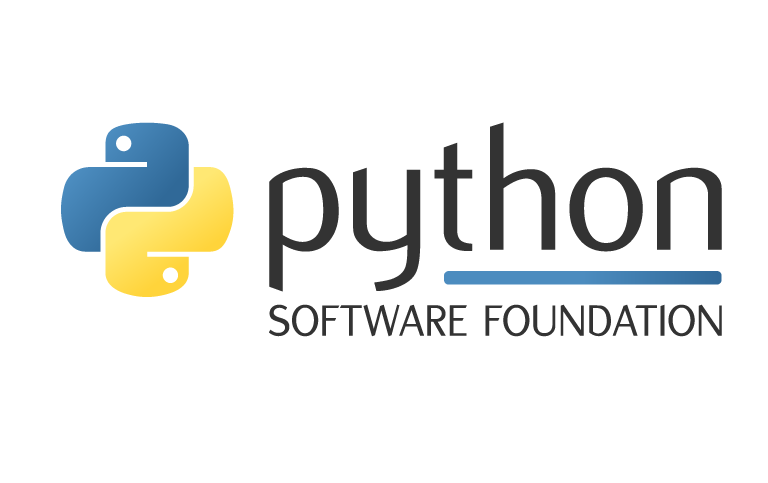Minimal PyTorch Probabilistic Diffusion Model: 2D Dataset Experiments
This post details a minimal PyTorch implementation of a probabilistic diffusion model for 2D datasets. The author explores hyperparameters like learning rate, model size, diffusion process length, and timestep encoding through various experiments. Results show that a suitable learning rate is crucial, longer diffusion processes generate more complete samples, and model capacity isn't the primary bottleneck. Using sinusoidal embeddings for input encoding aids in learning high-frequency functions in low-dimensional domains.









